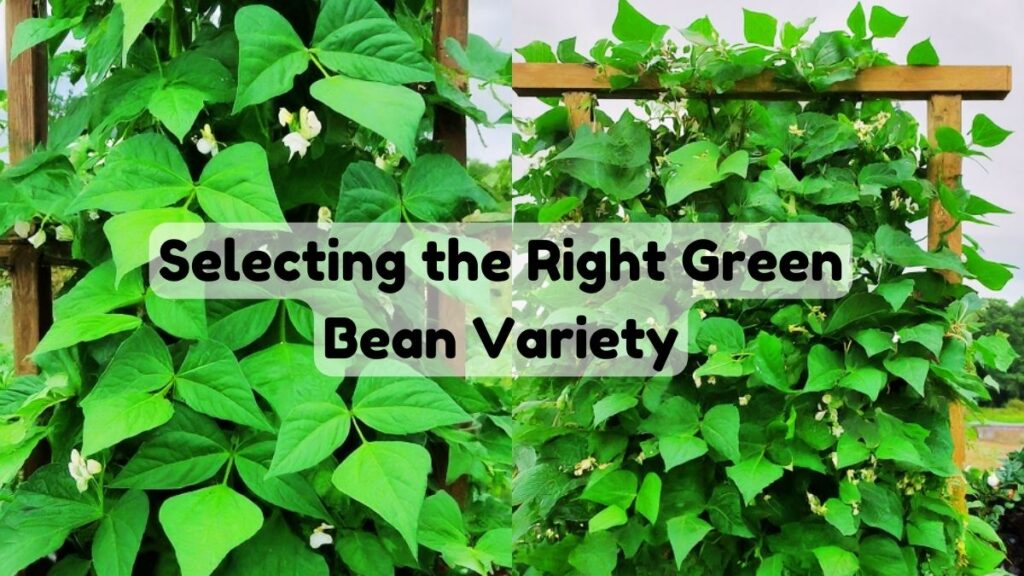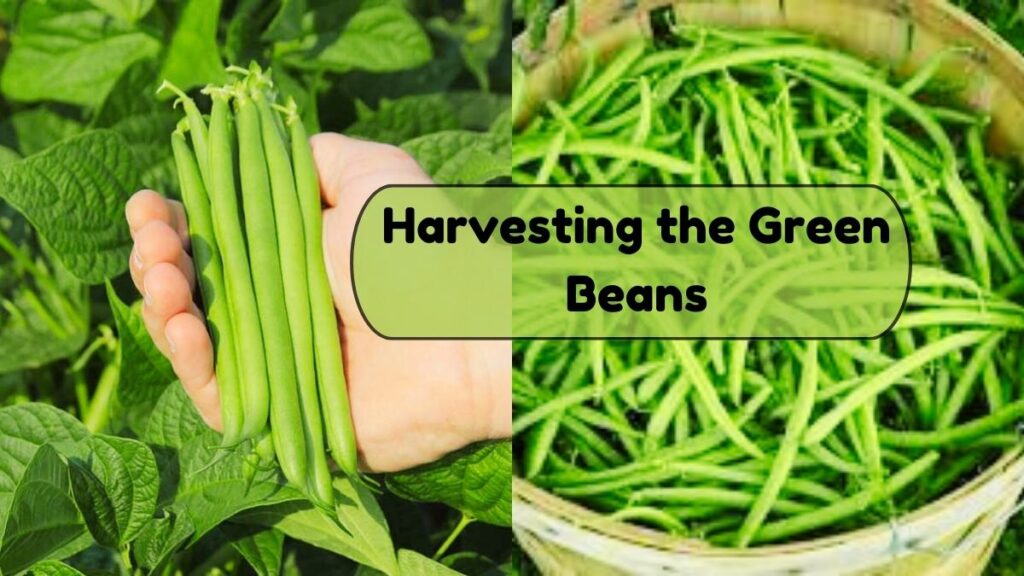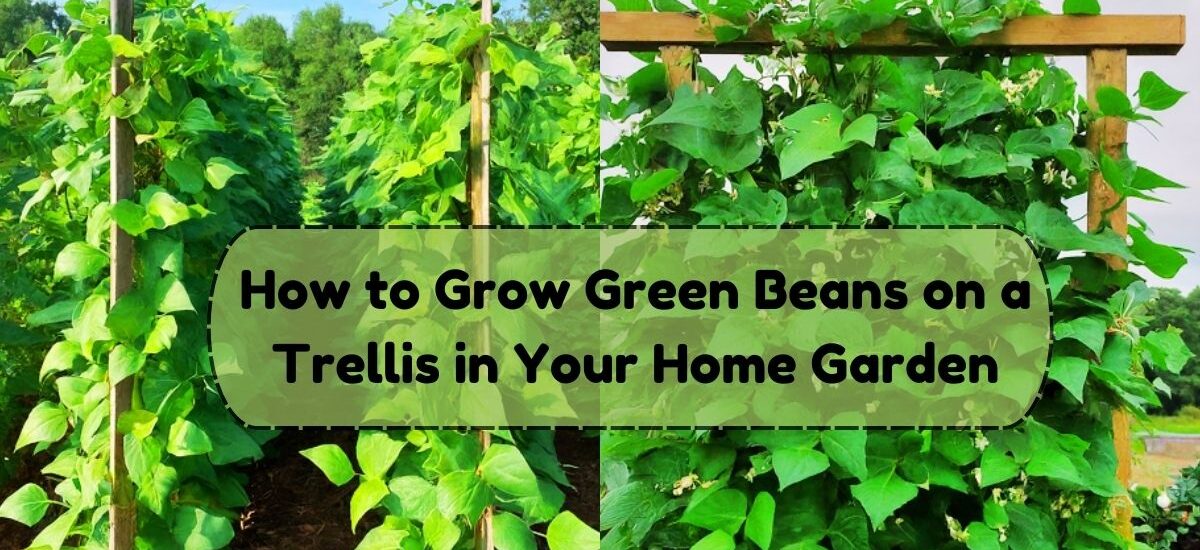Growing green beans on a trellis in your home garden is an excellent way to maximize space and boost yields. Beans naturally climb, making them ideal candidates for vertical gardening. Follow these steps to successfully grow green beans on a trellis.
Selecting the Right Green Bean Variety
For growing on a trellis, pole beans are the best choice as they are planned to climb. Varieties such as Kentucky Wonder, Blue Lake, and Scarlet Runner are brilliant options due to their vigorous climbing behaviors and high productivity. Unlike bush beans, which grow more horizontally, pole beans will reach upward and produce beans continuously throughout the growing season. Ensure that the variety you choose is well-suited with your climate and growing situations to achieve the best results.

Designing and Installing the Trellis
A well-designed trellis is vital for supporting climbing green beans. Aim for a trellis that is at least 6-8 feet tall, as green beans can grow quite high. Options include wooden lattice, metal wire mesh, or bamboo poles. Secure the trellis firmly in the ground to prevent it from collapsing under the weight of the growing plants. Space the trellis supports about 6-8 inches apart to provide adequate support for the climbing vines. Proper installation ensures that your beans have the vertical space they need to thrive.

Preparing the Soil and Planting
Green beans prefer well-drained, nutrient-rich soil. Begin by clearing the planting area of weeds and debris, then loosen the soil to a depth of about 12 inches. Mix in compost or well-rotted manure to enhance soil fertility. Plant green bean seeds directly into the soil once the danger of frost has passed and the soil temperature is at least 60°F (15°C). Sow the seeds about 1 inch deep and 2-3 inches apart at the base of the trellis. Water the soil lightly to maintain consistent moisture and support germination.
Training the Bean Vines
Training the bean vines to climb the trellis is important for exploiting space and ensuring a successful harvest. As the beans grow, gently guide the vines towards the trellis and encourage them to twine around the supports. Regularly check the plants and adjust the vines’ position if necessary. Use soft ties or plant clips to provide additional support where needed, being careful not to damage the plants. Proper training helps prevent tangling and ensures that the beans climb efficiently, making harvesting easier.
Caring for the Green Beans
Consistent care is key to a healthy green bean crop. Water the beans regularly, keeping the soil evenly moist but not waterlogged. Beans are nitrogen-fixing plants, so they generally require minimal additional fertilization. However, applying a balanced fertilizer once or twice during the growing season can be beneficial if needed. Monitor the plants for common pests such as aphids and spider mites and treat them with organic insecticidal soap if necessary. Ensure good air circulation around the plants to prevent fungal diseases and maintain overall plant health.
Harvesting the Green Beans
Harvest green beans at the right time for the best flavor and texture. Beans are usually ready to harvest 60-70 days after planting, depending on the variety and growing conditions. Pick the beans when they are young and tender, before the seeds inside become too large and tough. Use scissors or a small knife to cut the beans from the plant, taking care not to damage the vines. Regular harvesting encourages the plant to produce more beans throughout the growing season and ensures a continuous supply of fresh produce.











